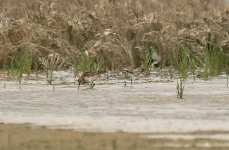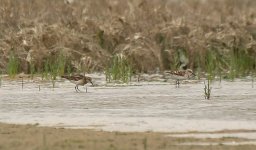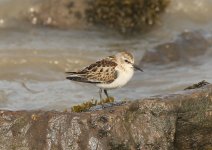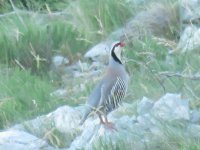Paul Chapman
Well-known member
Hi Paul,
Would it be possible to get the hi-res of your stint? We (KORC) are working on the decision as we speak and these two images are the best I have seen (far better than my pitiful efforts!), so they would help!
Re the martin, as the finder, I'm hoping for a positive outcome but the work is still going on regards that bird!
BTW - do you know anything about the Marbled Duck claim from Jahra Pools when you were in Kuwait? I think the guys who claimed them were part of your group?
Neil
They are ridiculous crops but I'll send you a PM to get your e-mail address. You are very welcome to anything but I was with AbdulRahman and he is ten times the photographer that I will ever be so I imagine his will be better than mine. The only picture of Long-toed with Little Stint that I found was this one:-
https://www.flickr.com/photos/aby1220/30510132824/
My only experience of the species was twitching Ireland's first on 16th June 1996 - it is written up in Birding World Vol.9 No.6 pages 224 to 225. The miniature Sharp-tailed Sandpiper look - capped appearance and buff background to breast colouration - was something I recalled but I am very realistic with my birding experience and ability. Looking forward to having time to improve it. I believe that I photographed the right bird:-
http://www.bigyearwp.com/index.php/2017/04/12/rarity-hunting/
It certainly did not strike me structurally as a Little Stint - added a typical posture photo of one (in my view).
Good luck on the Martin. I am very intrigued by that and the identification features.
We were at Jahra Pools the day that the Marbled Duck was claimed but it was not by us.
All the best
Paul
Attachments
Last edited:








